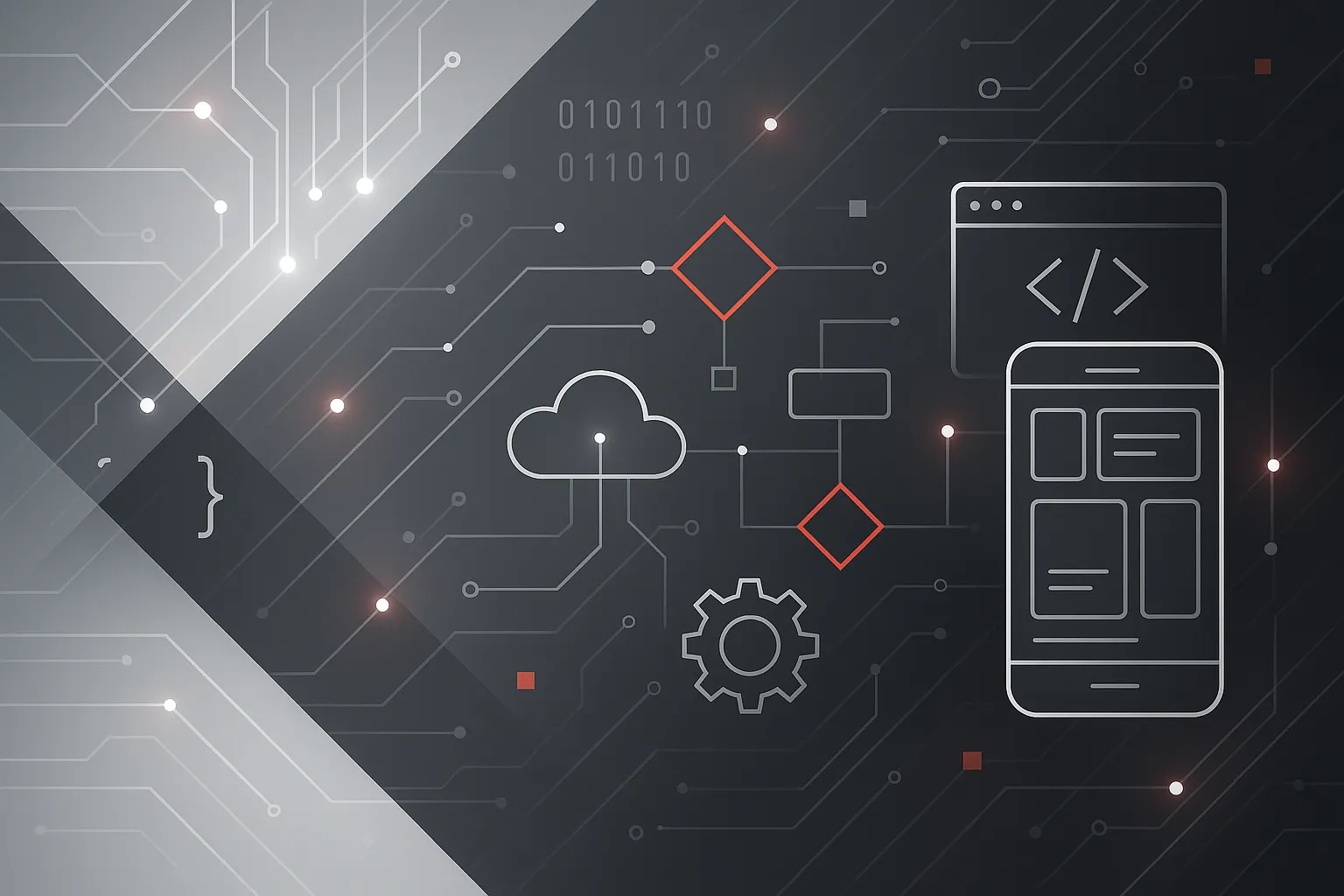Dive into Python: Cracking the Code of Indentation, Variables, and Comments
Python is often hailed as the beginner-friendly entry point into programming, but its simplicity cloaks a robust syntax that seasoned developers have come to love. Whether you're a complete novice or an experienced coder looking to leveage the nuances of Python, a firm grasp of its syntax is your compass on this programming voyage. This article unravels the pivotal elements of Python syntax: indentation, variables, and comments, laying a strong foundation for your journey into the Python ecosystem.
Demystifying Python's Unique Syntax
At the heart of Python's syntax lies a set of rules that dictates how programmers can craft well-formed commands. Distinct from many of its counterparts, Python's syntax champions readability and clarity, fostering best programming practices from the outset. This clarity is not just an aesthetic choice; it dictates how Python code is structured and executed. Grasping these fundamental principles will equip you with the tools to write Pythonic code that is both efficient and elegant.
Mastering Python Indentation: Crafting Order from Whitespace
Indentation in Python is like a conductor's baton, orchestrating the flow of your code. It's more than a stylistic preference—it is the backbone of code structure. In languages peppered with braces {} or keywords to signify blocks of code, eliminating white space is routine. However, in Python, whitespace dictates the beginning and end of blocks such as loops and functions. Typically indented by 4 spaces per level, Python demands consistency—whether you opt for spaces or tabs, uniformity empowers error-free code. Consider this code snippet:
def greet(name):
if name:
print("Hello, " + name + "!")
else:
print("Hello, Stranger!")
Here, the indented lines signify a block of code under the function greet(), which branches into a conditional statement. Mastery over indentation aids in crafting organized and readable code.
Variables in Python: Bringing Data to Life
Nothing brings a program to life like the dynamic power of variables. In Python, variables are more than just containers—they're identifiers linked to data stored in memory. You're free from type declarations; Python infers them from the assigned value. Variable names should start with a letter or underscore and can be followed by letters, numbers, or underscores, e.g., name, age, _temperature. You can even transform their type seamlessly:
x = 10 # Integer
x = 'Hello' # Now it's a string
print(x) # Outputs 'Hello'
By harnessing this flexibility, you can efficiently manage and manipulate data to create versatile applications.
The Art of Crafting Comments: The Silent Architects of Code Clarity
At the intersection of code and clarity lies the humble comment. These annotations are the unseen structures that support complex code by making it accessible to future you and others. Single-line comments, prefixed with #, are perfect for brief notes, while multi-line explanations can utilize triple quotes ''' or """, perfect for larger text blocks. Still, they remain dormant as strings unless linked to a variable. Craft your comments to unravel complex logic into digestible insights:
# This sets up a simple greeting function
def greet(user_name):
"""Print a greeting message to the user."""
print(f"Welcome, {user_name}!")
By articulating the purpose and functionality of your code, comments are invaluable for collaborative projects and ongoing maintenance.
Begin Your Python Expedition
Mastering Python syntax—and understanding how these elements interact—opens up a world of programming potential. As you deepen your proficiency in Python, the language's elegant simplicity will enable you to tackle complex coding challenges with creativity and confidence. Exploring the realm of Python is more than understanding a language; it's an exploration of logic and problem-solving. Share your discoveries, collaborate with peers, and let the adventure continue with every line of code you write.
Are there pieces of Python syntax that still puzzle you, or specific projects you've always wanted to build? Dive deeper and let Python's clarity illuminate your path forward. Join the thriving Python community, share knowledge and inspire others to embark on their programming journey.

